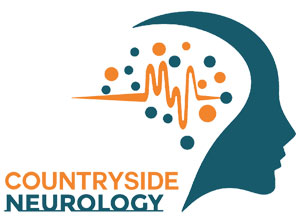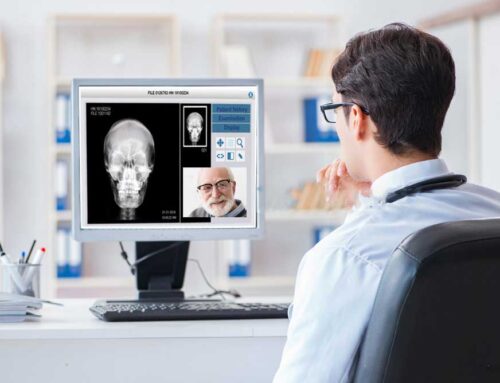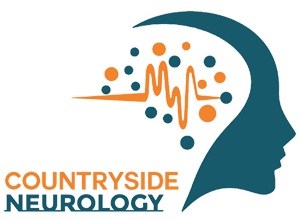In the realm of technological innovation, few names stand as prominently as Elon Musk’s. His ventures transcend the ordinary, pushing the boundaries of what’s possible. One such endeavor, Neuralink, has sparked both curiosity and excitement within the neurology community and beyond.
The Birth of Neuralink
Conceived in 2016, Neuralink aims to bridge the gap between humans and artificial intelligence by developing brain-computer interface (BCI) technology. The vision? To enable seamless communication between the human brain and external devices, revolutionizing healthcare, communication, and even the very nature of what it means to be human.
How Does Neuralink Work?
At its core, Neuralink seeks to implant ultra-thin threads, thinner than human hair, directly into the brain. These threads, composed of flexible polymer materials, are designed to be minimally invasive, reducing the risk of damage to surrounding brain tissue. Each thread contains numerous electrodes capable of both recording neural activity and stimulating specific regions of the brain.
Neurological Implications
The implications of Neuralink extend far beyond the realm of technology, delving deep into the field of neurology. By providing a direct interface with the brain, Neuralink holds the potential to revolutionize the diagnosis and treatment of neurological conditions.
1. Treatment of Neurological Disorders: Neuralink’s technology opens new avenues for the treatment of neurological disorders such as Parkinson’s disease, epilepsy, and spinal cord injuries. By precisely targeting specific neural circuits, it could offer more effective therapeutic interventions with fewer side effects.
2. Restoring Motor Function: For individuals with paralysis or motor impairments, Neuralink holds the promise of restoring lost motor function. By decoding neural signals and translating them into commands for external devices, it could enable individuals to control prosthetic limbs or even interact with computers using only their thoughts.
3. Advancing Brain-Computer Interfaces: While BCIs have existed for decades, Neuralink’s approach represents a significant leap forward in terms of resolution, scalability, and safety. Its high-density electrode arrays offer unprecedented insights into brain function, paving the way for more sophisticated brain-computer interfaces tailored to individual needs.
Ethical Considerations and Future Outlook
As with any groundbreaking technology, Neuralink raises important ethical questions regarding privacy, autonomy, and consent. The prospect of directly interfacing with the human brain prompts discussions about data security, informed consent, and the potential for unintended consequences.
Looking ahead, the future of Neuralink and its impact on neurology remain subjects of intense speculation and research. While the road ahead may be fraught with challenges, one thing is certain: Elon Musk’s Neuralink has sparked a new era of exploration at the intersection of technology and neuroscience.
For those eager to learn more about the latest advancements in neurology and explore the potential applications of Neuralink, Countryside Neurology stands ready to offer expertise and guidance. Contact us at 727-712-1567 to embark on a journey of discovery and innovation in neurological health.





